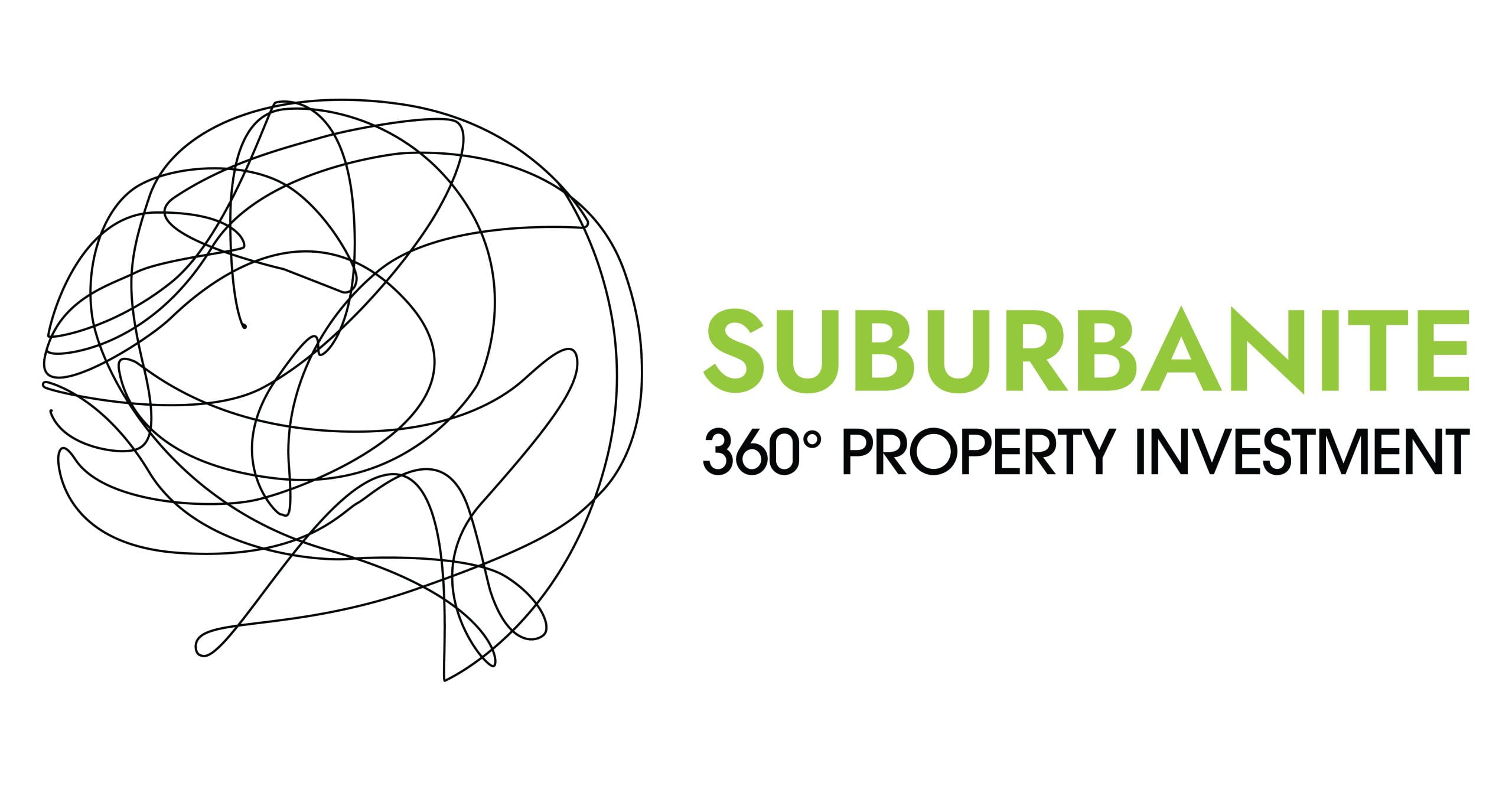There has been talk of the real estate bubble for the past 3 years and for this whole time we have said that there is no bubble, until now!
Lets go back to basics and firstly clarify exactly what a real estate bubble is. The bubble is when the cost of housing exceeds affordability, and when it ‘bursts’ it creates a correction in the market values with a sharp decline in pricing.
For years, the Sydney and Melbourne markets, and to a lesser extent Brisbane have been in a cyclical upswing in values. There has been exponential growth through the capital cities and the surrounding metro areas. We recently took a look at a property in Sydney’s inner west that had sold back in 2013 for $1,035,000 and has resold in November 2016 for $1,790,000. That is a capital increase of $4,839 per week on average. When we typically see commentary around the concerns of the bubble bursting it comes from complex analysis of the average household income for Sydney compared to the average loan commitments and debt levels, price increases of property as compared to wage increases and excess household income. This is all great analysis, but it doesn’t account for the fact that the person buying the expensive property in Sydney’s inner west or eastern suburbs are not your typical $80,000 a year income earner.
Having said this though, at Suburbanite we are starting to see the first sign in real time that would indicate that housing affordability is at an all time low and families are over stretching themselves to buy property. Leaving the door open for the bubble to burst!

This is the phenomenon of home-buyers purchasing their next family home and renting it out instead of living in it for the first few years, to get on top of the repayments that they otherwise could not afford if they lived in it. Now there is plenty to be said for rent-vesting strategies and it is a great way for first home buyers to get onto the property ladder more easily. But we are not talking about first home buyers, nor are we talking about investment grade properties here. We are seeing this occurring with home-buyers, typically families purchasing their second or third home that want to upgrade to a bigger, better home but the price point is creeping further and further out of reach. So, they are opting to buy the house that they just can’t afford the repayments on and securing a tenant for a few years to manage it.
There are a number of problems with this strategy. The first is that buyers often don’t account for the extended vacancy periods seen in the prestige rental market. The second issue, and the one we see as a more significant problem, is what will change in the first few years of owning the property that will make it more affordable for the owners?
Will their incomes increase, have they got a plan to reduce the debt to a more affordable level or are interest rate decreases on the horizon? The latter is not likely at the moment, it is in fact more likely to be the opposite, with interest rate rises on the cards.
So, if nothing changes in terms of affordability, where does that leave the buyer? Stretched financially, that is where.
Throw in a few extended vacancy periods and an interest rate rise or two and we will start to see people needing to sell their properties in financial distress. This is a contributing factor to the bubble bursting and the correction taking hold. Whilst historically the correction statistically sits around only 5%-10% downturn in values, we do see some pockets and market sectors get hit harder. The prestige property sector is one that tends to be most impacted by this trend and in cycles gone by, the best buying opportunities sit at the higher end of the market when the downturn occurs, in part due to this phenomenon.
Suburbanite are calling it – the bubble is about to burst!
